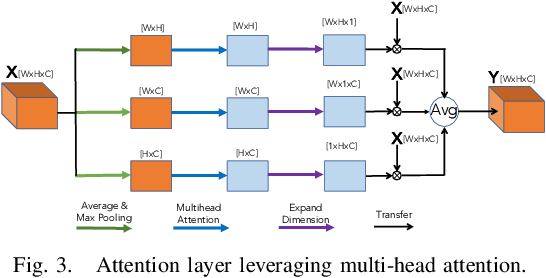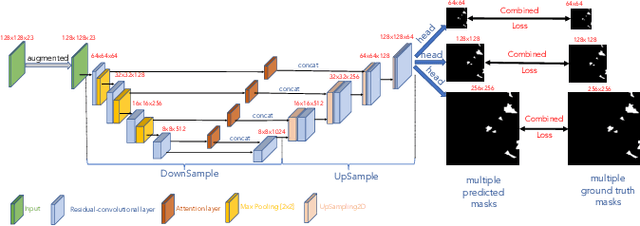Matthias Schlögl
Exploring Machine Learning Algorithms for Infection Detection Using GC-IMS Data: A Preliminary Study
Apr 24, 2024



Abstract:The developing field of enhanced diagnostic techniques in the diagnosis of infectious diseases, constitutes a crucial domain in modern healthcare. By utilizing Gas Chromatography-Ion Mobility Spectrometry (GC-IMS) data and incorporating machine learning algorithms into one platform, our research aims to tackle the ongoing issue of precise infection identification. Inspired by these difficulties, our goals consist of creating a strong data analytics process, enhancing machine learning (ML) models, and performing thorough validation for clinical applications. Our research contributes to the emerging field of advanced diagnostic technologies by integrating Gas Chromatography-Ion Mobility Spectrometry (GC-IMS) data and machine learning algorithms within a unified Laboratory Information Management System (LIMS) platform. Preliminary trials demonstrate encouraging levels of accuracy when employing various ML algorithms to differentiate between infected and non-infected samples. Continuing endeavors are currently concentrated on enhancing the effectiveness of the model, investigating techniques to clarify its functioning, and incorporating many types of data to further support the early detection of diseases.
Landslide Detection and Segmentation Using Remote Sensing Images and Deep Neural Network
Dec 27, 2023



Abstract:Knowledge about historic landslide event occurrence is important for supporting disaster risk reduction strategies. Building upon findings from 2022 Landslide4Sense Competition, we propose a deep neural network based system for landslide detection and segmentation from multisource remote sensing image input. We use a U-Net trained with Cross Entropy loss as baseline model. We then improve the U-Net baseline model by leveraging a wide range of deep learning techniques. In particular, we conduct feature engineering by generating new band data from the original bands, which helps to enhance the quality of remote sensing image input. Regarding the network architecture, we replace traditional convolutional layers in the U-Net baseline by a residual-convolutional layer. We also propose an attention layer which leverages the multi-head attention scheme. Additionally, we generate multiple output masks with three different resolutions, which creates an ensemble of three outputs in the inference process to enhance the performance. Finally, we propose a combined loss function which leverages Focal loss and IoU loss to train the network. Our experiments on the development set of the Landslide4Sense challenge achieve an F1 score and an mIoU score of 84.07 and 76.07, respectively. Our best model setup outperforms the challenge baseline and the proposed U-Net baseline, improving the F1 score/mIoU score by 6.8/7.4 and 10.5/8.8, respectively.
 Add to Chrome
Add to Chrome Add to Firefox
Add to Firefox Add to Edge
Add to Edge